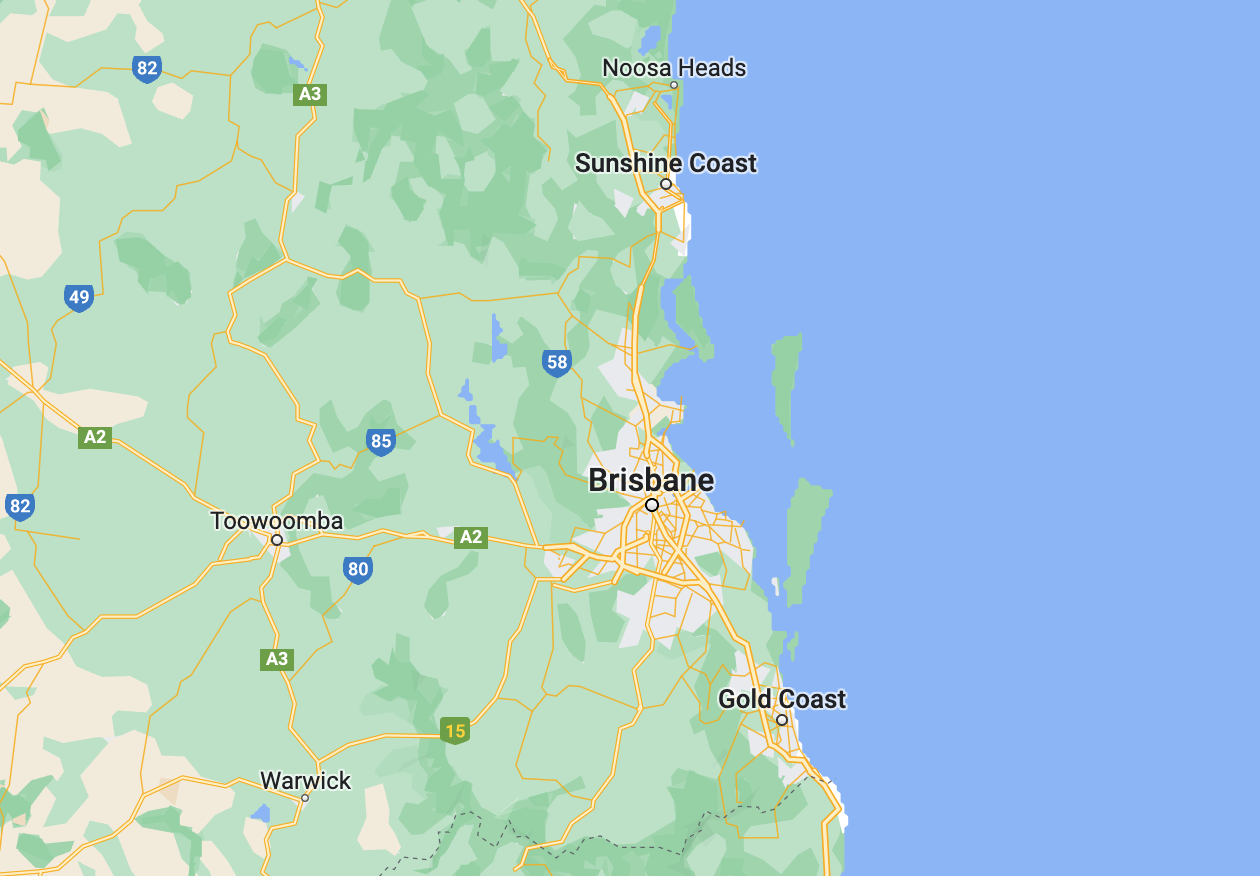Campervan & Motorhome Hire in Brisbane | Unbeatable Rates
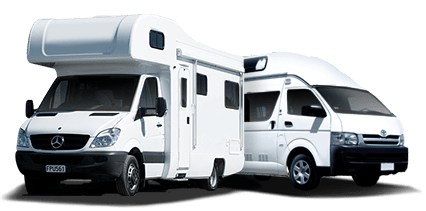
Big savings on leading brands
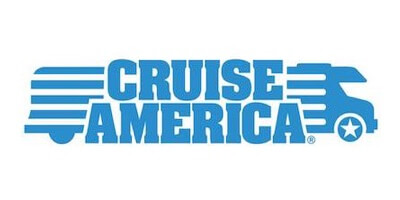
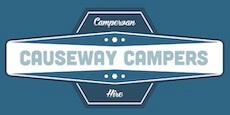




BEST DEALS IN BRISBANE
Browse our campervan & RV hire deals, they are the best you will find.
Campervan & Motorhome Hire in Brisbane
Discover the breathtaking natural beauty surrounding Queensland´s capital city
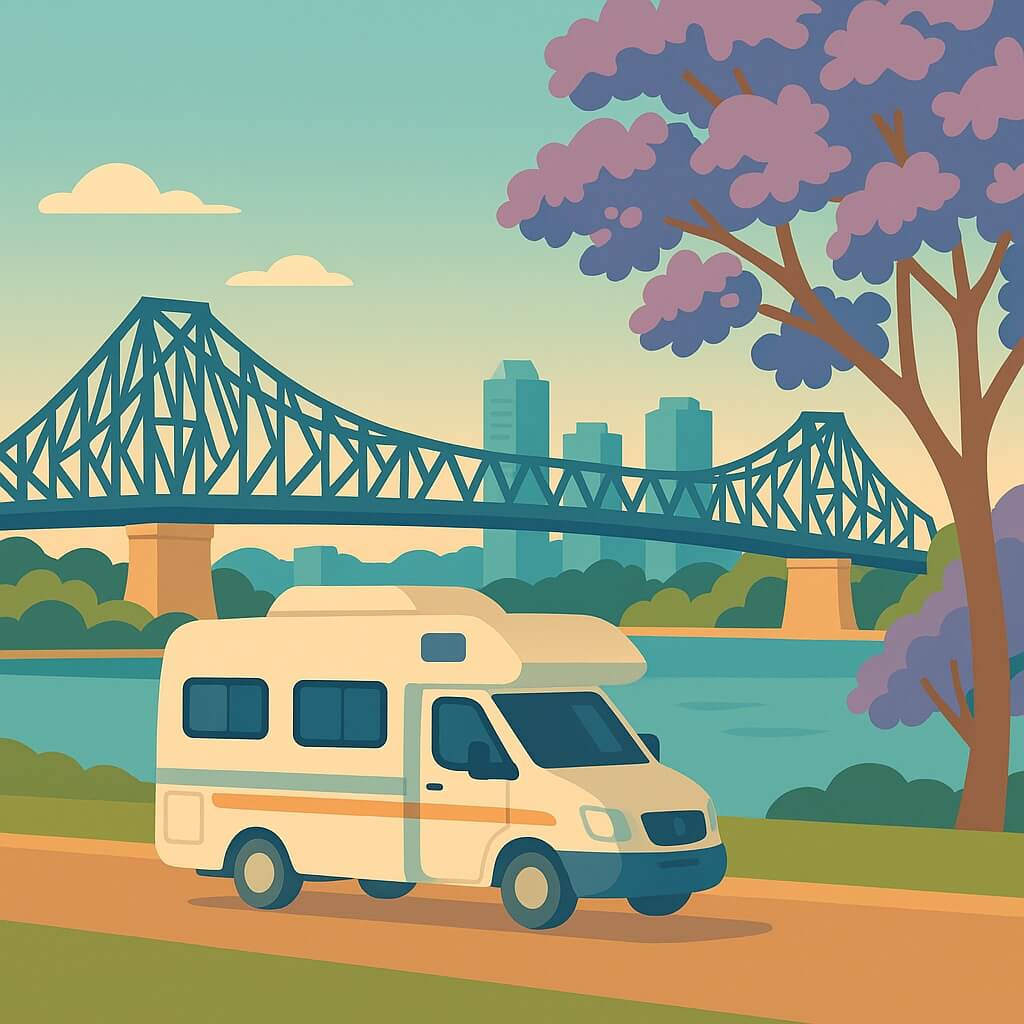
Home to almost 2.3 million residents, Brisbane is the vibrant capital city of Queensland, Australia. Embodiment of the unique blend of urban sophistication and sun-soaked natural beauty, Brisbane always leaves visitors dazzled with its charm. With a pristine coastline, verdant forests, undulating mountains, and meandering rivers, Brisbane gifts a cornucopia of natural wonders. Exploring these canopies of delight in a motorhome affords not only comfort but memorable experiences, unveiling the unseen corners of the city's terrain at your own pace.
If you are a nature enthusiast who loves to drive, Brisbane is your dream come true. One highly recommended trip is to Main Range National Park, about 2 hours southwest by campervan from the city. Alongside enjoying fauna and flora in one of the country´s most beautiful conservation reserves, you´ll get to experience Queensland´s highest peak, Mount Superbus. Another popular drive, along the D'Aguilar National Park, just a 45-minute ride away, lets you savour rainforest glens, expansive eucalypt woodlands, and picturesque creeks winding through rolling hills.
For those keen to enjoy Queensland's famous coastal charm and endless beaches, journey in a motorhome to Noosa National Park, a 2.5-hour drive from Brisbane. Here, you will find stunning coastal scenery, diverse wildlife, and clear, turquoise waters that are home to a variety of marine life, including dolphins and humpback whales, and a world-heritage-listed area teeming with untouched, natural beauty. These trips are perfect for making the most of the freedom your motorhome provides: see the sights at your own pace, enjoy outdoor activities, and simply relax in Queensland's natural splendour.







